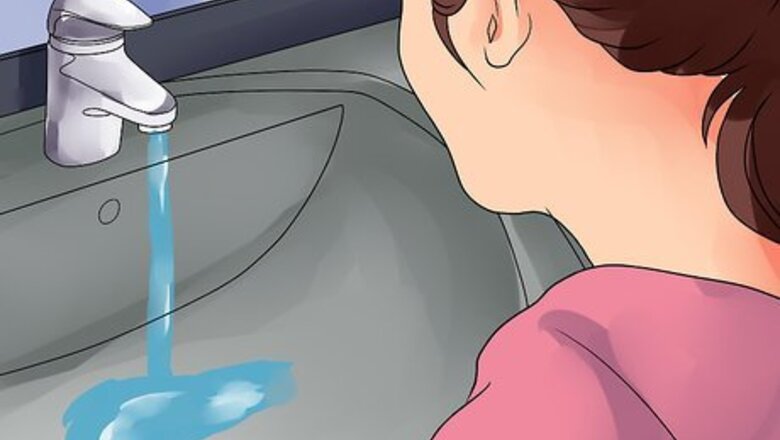
views
Checking Your Water Pressure
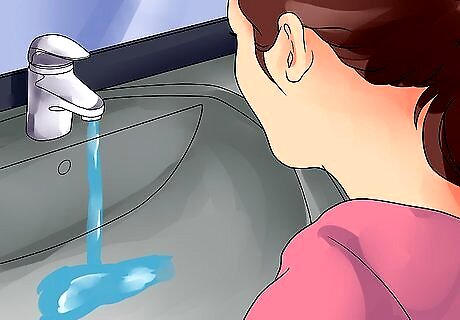
Determine if all locations within your home or office have low water pressure. Check various locations that have faucets. The kitchen, the bathroom, basement and outdoor faucets, and hose hookups are common areas where fixture specific low water pressure can occur. Run water in all faucets and showers in your home to identify if there is are one or multiple problem problem areas or to determine that all locations have low water pressure. Run both hot and cold water through all faucets. If your water pressure is low only with hot water, the issue is likely your water heater.

Check the faucet if you only have low water pressure in a particular location. Your problem might only affect one or two locations. In this case, the source of the low water pressure is likely a clogged faucet or aerator. Remove the end of the faucet. Examine your aerator. Check to make sure there are no debris or buildup. If the aerator needs to be cleaned, soak it in a water-vinegar solution. If that doesn't work, buy a replacement. These are very inexpensive. Aerators are sold with different rates of water flow, so you can also try buying one with a higher rate of flow. Turn the water on before you replace the aerator. If the water flow is not restored to normal, the source of low water pressure is likely not the specific faucet but an overall problem.

Look for other sources of low water pressure. If you can't pinpoint the cause of your low water pressure to just one or two faucets in the house, its probably an overall problem. Check the PRV and water shut off valves in your home. This is often the cause of low water pressure. Look for water leaks. A leaking toilet or water main can cause low water pressure. Check your water heater. If you only have low water pressure when you are running hot water, it is likely due to your hot water shut-off valve on your water heater.
Checking PRV and Water Shut Off Valves
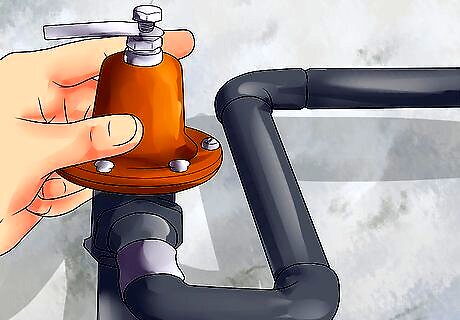
Look at the Pressure Reducing Valve (PRV). Shaped like a bell, the PRV is usually located on the line where it enters the home or office. Adjust it to see if it affects your overall water pressure. There will be a screw on the valve. To increase water pressure, tighten it by turning it clockwise. To decrease water pressure, loosen the adjusting screw by turning it counterclockwise. Replacement may be necessary if the valve has failed or broken. These can be purchased at hardware or plumbing supply stores.

Check the shut-off valve at the water meter. This valve can influence water pressure, even if it has been turned slightly. Most homes and buildings have a master shut-off valve. This is located near the PRV valve or in a separate box near the water meter. This valve can shut off water to the entire home, and restrict flow if it is slightly closed. Turn the valve so it is completely open.
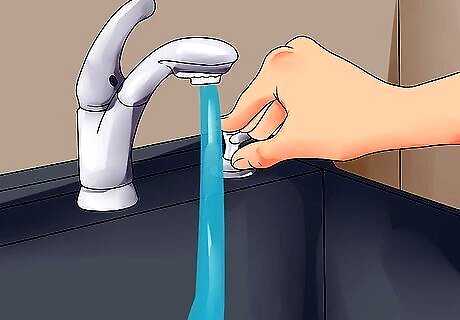
Test your water pressure again using multiple faucets. If the problem is resolved, the source was likely the PRV valve or water shut-off valve If you are still experiencing water pressure issues, you may have a water leak. Water leaks are a common source of low water pressure in a house. You should consult a plumber to fix a water leak or mineral buildup in your water lines.
Locating A Water Leak
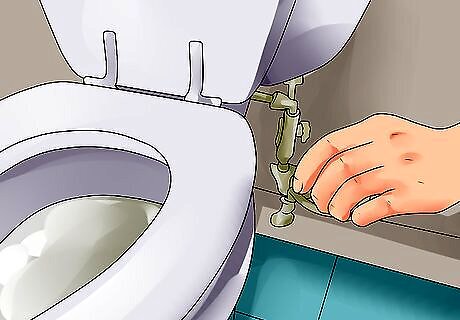
Check the toilet in each bathroom. Running or leaking toilets are one of the most common source of water leaks in a home. This can cause very high water bills, so it is a good idea to determine if this is the root cause of a water pressure problem. Start by removing the lid from the tank of the toilet. Put a few drops of food coloring or a dye tablet into the tank. Do not flush the toilet for at least one hour. If color has leaked into the bowl, your toilet has a leak. This can usually be fixed by replacing the toilet flapper or filling mechanism.
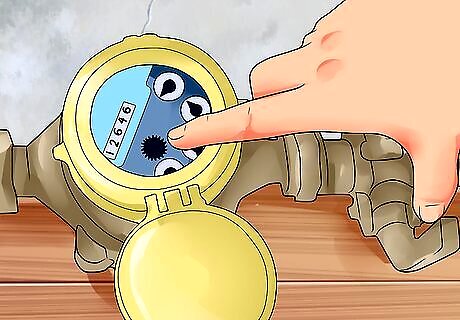
Check your service meter. This can help you determine if you have a service line leak. Locate your service meter. Take a reading of the meter and check to see if the indicator gear is turning. The leak indicator can be a small triangle shaped dial or disk that rotates when water is flowing. If the leak indicator is turning, you likely have a leak. If it is not turning, it does not mean there isn't a leak. A slow leak may not register on the leak indicator. Don't run any water for 2 hours and do another service meter reading. If the numbers have changed you are losing water and have a leak Call your water company or a plumber to help you find the source of a leak and to arrange repairs.
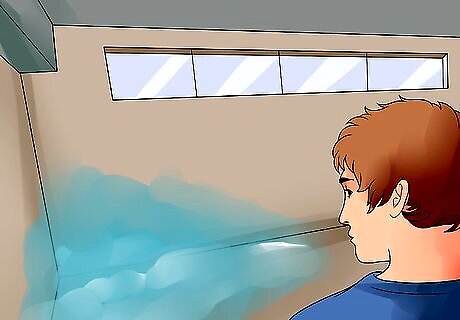
Check for water spots in the basement and near water fixtures in the home. This can be a clear indication of a water leak. In many cases you can hear a dripping sound in the case of a leaking faucet. Usually this requires a simple home repair. If there are large areas of water in the basement, there may be a water main leak. You should also check the ground in the area outside your home where your main meets the local supply. If the weather has been dry and the area around this junction is wet, there could be a leak at this spot. Contact your water company to resolve this issue.
Troubleshooting Hot Water Low Pressure
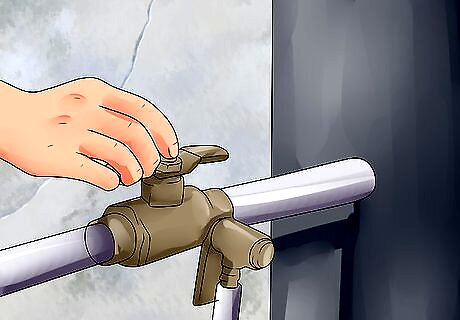
Inspect the water heater if your low water pressure only affects your hot water. In this case the water heater shut off valve is the most common source of this problem. Verify the shut-off valve is completely open. For safety, each water heater includes a shut-off valve to use in case of emergencies. If the valve is shut even slightly, this can affect your water pressure.
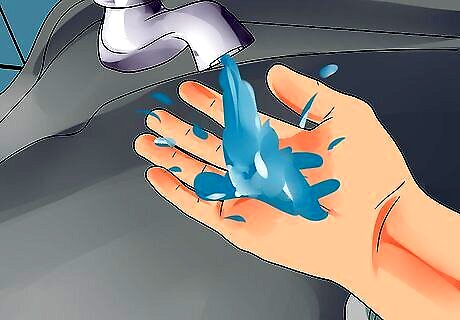
Test your water faucets again to see if the problem is resolved. The water pressure issue should be resolved when hot water is run through a faucet. If the hot water low pressure problem is not resolved, it could be the water lines into the water heater or the appliance itself. In this case, call a plumber to troubleshoot further.
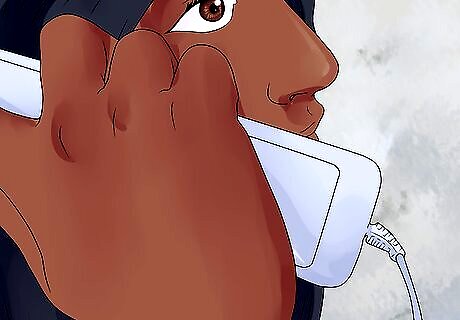
Contact your plumber to check your lines into your water heater. Blockages can occur within the lines, and plumbers have efficient ways of checking them. The appliance itself may also be causing a problem. A licensed plumber will need to evaluate it to see if it needs to be replaced. Working with water heaters can be dangerous, so it is best to leave this job to a professional.










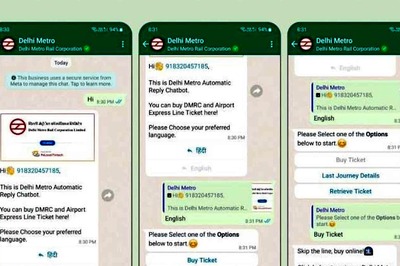



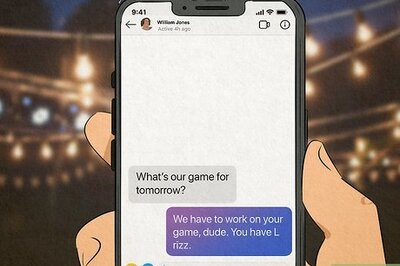





Comments
0 comment